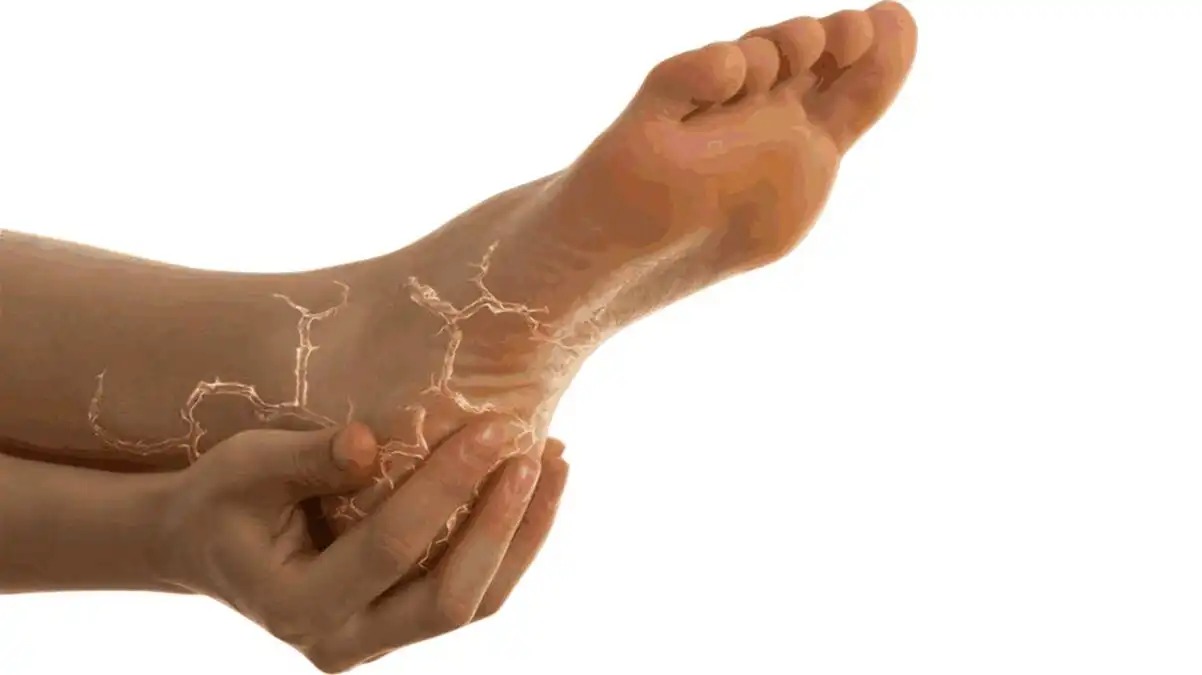L’ostéopathie, une discipline thérapeutique novatrice, trouve ses racines dans les travaux du Dr Andrew Taylor Still, un médecin américain du XIXe siècle. Founded on the belief that the body possesses an innate ability to self-balance and self-heal, osteopathy offers a unique perspective on health and well-being.
Origins and the Founder
Dr. Still, a revolutionary figure in the medicine of his time, developed osteopathy in response to the limitations of conventional medicine. He advocated for a non-invasive approach based on a profound understanding of the structure and function of the body. In 1874, he officially formulated the founding principles of osteopathy, thus laying the groundwork for an innovative method of care.
What is Osteopathy?
Osteopathy is a manual therapeutic approach that aims to restore the body’s balance by considering the unity of structure and function. This discipline is based on the belief that any disruption in the musculoskeletal system can affect the overall functioning of the body and, consequently, general health. Osteopaths use their hands to assess, diagnose, and treat dysfunctions, thus promoting the body’s natural ability to self-regulate.
A Holistic Approach
Osteopathy adopts a holistic perspective, considering the body as an inseparable unit. It recognizes the interconnection between the muscular, skeletal, circulatory, nervous, and visceral systems. Thus, each osteopathy session aims to treat the body as a whole, addressing the underlying cause of symptoms rather than their superficial manifestations.
Taking the Time to Listen
At the core of osteopathy lies the crucial notion of taking the time to listen. Before any treatment, the osteopath dedicates time to understand the patient as a whole. Attentive listening to the presentation of symptoms, combined with a meticulous evaluation of posture, mobility, and tissues, guides the practitioner toward a profound understanding of the underlying mechanisms of the patient’s disorders.
Osteopathy in Quebec
In Quebec, osteopathy has firmly established itself as a preferred alternative for many individuals seeking holistic solutions. Quebec practitioners, trained according to the founding principles of osteopathy, contribute to the flourishing of this discipline in the local medical landscape.
Osteopathic Techniques
Osteopathic techniques vary based on the individual needs of the patient. Precise manual adjustments, gentle stretches, joint mobilizations, and other specific methods are used to restore structural balance. Osteopaths also work closely with patients to recommend personalized exercises aimed at strengthening and maintaining stability.
The Importance of Prevention
Beyond treating existing conditions, osteopathy places great importance on prevention. Osteopaths encourage patients to adopt a healthy lifestyle, emphasizing nutrition, exercise, and stress management. By addressing structural imbalances before they manifest as symptoms, osteopathy plays a key role in preventing chronic disorders.
Osteopathy in the Modern World
Osteopathy has evolved over decades to become a respected discipline in the field of health. It is increasingly integrated into healthcare systems worldwide, often collaborating with other healthcare professionals to offer comprehensive solutions. Patients worldwide benefit from the advantages of osteopathy to alleviate pain, improve mobility, and promote overall well-being.
Conclusion
In conclusion, osteopathy represents a holistic and respectful approach to the body, offering a valuable or complementary alternative to conventional medicine. Patients worldwide benefit from the advantages of osteopathy to alleviate pain, improve mobility, and promote overall well-being. Choosing osteopathy means opting for a comprehensive approach that aims to restore balance and promote a life full of vitality and well-being.















